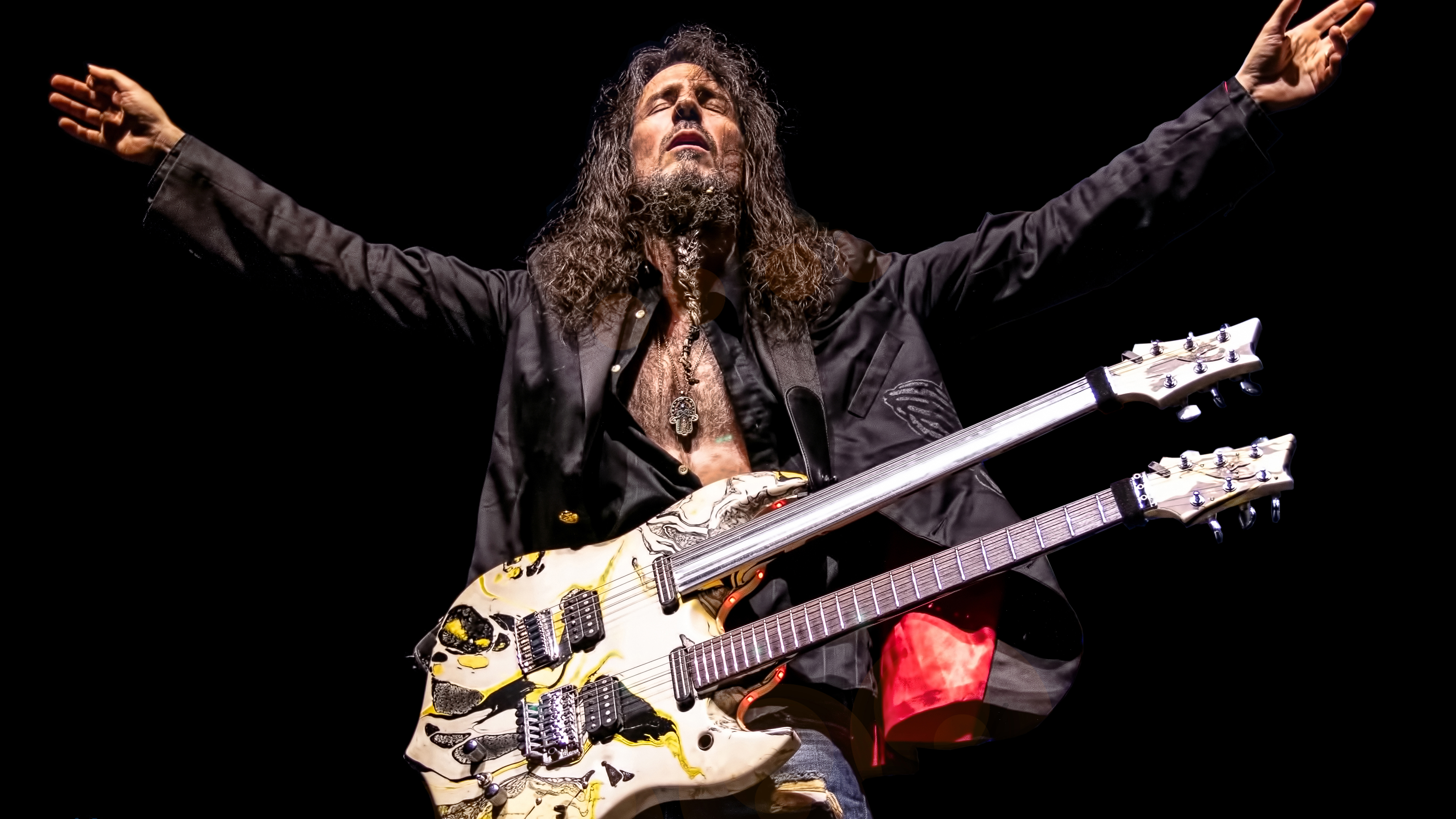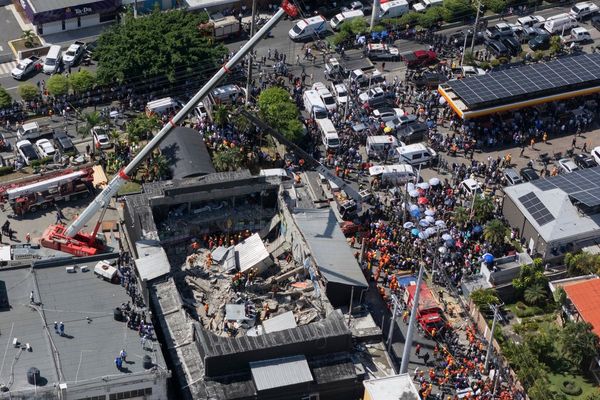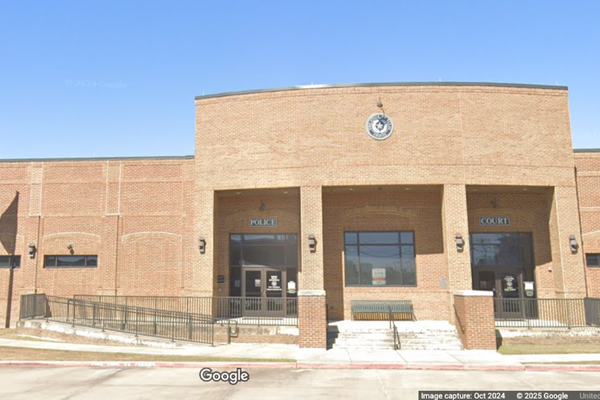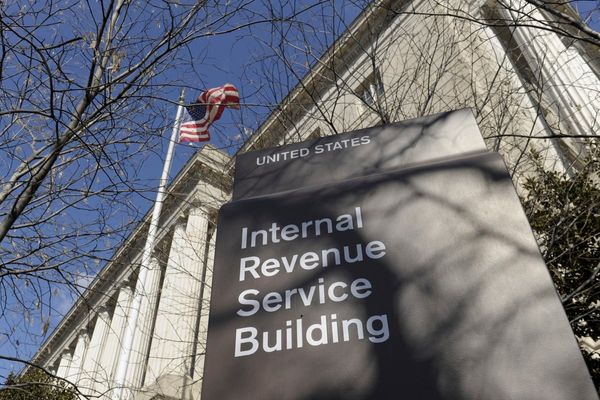
Ron Thal, aka Bumblefoot, is one of the most respected guitar players around. That much is evident in the guest list on his new album: Guthrie Govan, Steve Vai, and Brian May.
The album is titled …Returns!
It’s a heady cocktail of quasi-industrial, futuristic-sounding instrumental metal with flourishes of grandiose guitar badassery.
And it’s out on 24 January 2025.
Bumblefoot is of course best known for his tenure in Guns N’ Roses during that long period when Slash was out of the band. He worked with singer Axl Rose on the album Chinese Democracy, and is credited for playing on every one of that album’s 14 tracks.
Right off the bat, he tells MusicRadar that he doesn’t like to talk about his time with GN’R - but he does eventually, with a little gentle prodding.
He’s much happier talking about his new album, his guitar heroes, and the pure joy of playing…
What guitar did you learn on?
“It was a kid-sized, nylon string, no-name practice guitar. After that, I had a copy of a Les Paul by Pace. I've never seen another Pace guitar on this planet since! I don't know where this thing came from or who made it, but it looked like a sunburst Les Paul. I got it when I was eight, and that was my guitar!”
In your early days, what guitar was the game-changer for you?
“It was a 1983 Ibanez Roadstar. Finally, I had a guitar I could play Van Halen and Ozzy songs on. Before that, I had gotten a Fender Stratocaster, but it just didn't have the balls I was looking for. I was an old-school metalhead, so I needed something with a [tremolo] bar that really drove harder. I think I put a Floyd Rose on the Ibanez, and I toured and recorded with it for about 13 years.
Which guitarist is your biggest influence?
“You've got Hendrix, Brian May, and everyone from every cool band of the ’60s and ’70s. Definitely Angus Young and Yngwie [Malmsteen], of course. But my main influence has to be Eddie Van Halen. There was guitar before him, and then there was guitar after him.
“There's time periods that you can measure, and before Van Halen there was a lot of reckless, Angus Young, bluesy kind of playing. Then Van Halen experimented, and there was a lot of what you can do unconventionally. It was exploratory.”
In terms of technique, what was the last new trick you learned?
“A lot of my tricks are old! But on my new album […Returns!], there's an acoustic intro thing that's me doing my bullshit version of flamenco because I can't play flamenco. I do a thing where it's sort of a banjo roll, and I take off my fingers, pull off onto the open string and quickly hammer it back down.
“So, you're picking the fourth string, plucking the second string with your second finger, plucking the first sting quickly, and then lifting off your fretting finger that's on the second string to pull off onto the open string and hammering the note back down. You're getting these five notes.”
What was the last piece of gear that you were excited about?
“There's two. The first is the DigiTech JamMan [Solo] HD looper. It has a ton of saveable loops; you can have hours of loops in this thing. It has excellent audio quality, so it's an excellent looper. The other is the DigiTech FreqOut [Natural Feedback Creator]. It simulates amp feedback, like when you're just going up, facing the amp, and holding the note. It starts building it into feedback and has all these settings where you can control the harmonic, or it could be random, and you control the swoops in the level. You can also use it as a momentary switch.”
How much do you practice now?
“My guitar is always within arm's reach. I'll spend 10 hours a day in front of the computer mixing albums for a band when I'm producing and thinking to myself, 'Okay, in five minutes, I'm going to take a break and do some playing.' And then, 10 hours pass, and it's like, 'Okay, tomorrow, I'll play.' I could end up going weeks without touching a guitar.
“It's really shameful. That needs to change. I really do need to play more. It's not helping my hands anymore.
“In the old days, I lived every free moment playing guitar. I'd have lessons, I'd be practicing, I'd be writing. And then I'd drop the needle on an album and play along until I figured it out. By doing that, I built up a great sense of intuition for where a song is going.”
As a player, do you have any bad habits?
“Oh, a lot of them! I sit down too much. When I go to play standing up, my wrist isn't used to it and everything in my fingers feels weak. I need to play more standing up.
“When you're sitting down and slouching over the guitar, it's comfortable. But when you stand up and the guitar is down by your crotch, you have to grab it very differently. I lose a lot of dexterity, so that's something I need to practice because I don't do it enough.”
Is there anything you can't play that you'd like to?
“Basketball! But definitely half of Jeff Watson's solos from Night Ranger's songs. People don't realise how unconventional he was. His fingerpicking and tapping was just insane. He showed me a lot of solos, and I still can't play them after all these years!”
What technique did you have to work the hardest to master?
“Economy picking. That took a while to get comfortable with. But once it's a part of your playing, it's very natural. So, just getting used to it was the thing—also, singing and playing at the same time.”
What is the one song or performance that you're most proud of?
“My last album, Little Brother is Watching, was one where I was happy with everything about it. The songs, arrangements, recording, and production were exactly what I wanted them to be. And now, with my new album, …Returns!, I'm happy with the sound of it. With everything, I have no complaints.”
What is your favourite song on Chinese Democracy?
“The song I’m most proud of playing on is Shackler’s Revenge. I feel like I contributed a lot more to that song than some of the others. From the crazy guitar solos to the tapping stuff at the end over the last chorus, that song kept me very busy. And it was a lot of fun to play live, especially co-ordinating singing backing vocals as well as doing all of the crazy tapping patterns at the end of the song. It’s a very fun song to play.
“But I will say that Shackler’s Revenge was already written - and Buckethead [another featured guitarist on Chinese Democracy] was already out of the band. I believe he is the one that wrote a good chunk of that song, so I was putting icing on a cake that already existed by the time I joined the band.”
How did you come up with riffs and solos with GN’R?
“By experimenting with different ideas in the studio. I was with Caram Costanzo, who was engineering and producing, and he was very hands-on in the studio every day. We’d spend a good 14 hours a day just trying different directions and approaches and seeing would fit best.”
Was it inspiring for you to work with Axl?
“I'm not gonna talk too much about Guns N' Roses. And especially not about Axl. It only leads to turmoil and torment on my end.”
Have you ever felt like you'd failed as a player or felt embarrassed by a performance?
“I feel that every time I'm onstage! I really do. Every time I play, most of the time, I walk off the stage depressed, feeling like I've let myself down, let the audience down, that I could have done better, that I wasn't focused, and that I wasn't connected to the music. And the more shows I do, the more suicidally depressed I get. So, pretty much all of them!”
And a final word for guitar players out there?
“What I can't play is pretty much infinite. And this goes for everybody, because it's an endless road ahead of you. What's ahead of you is what you can learn, practice and discover. You're always a forever student. And that's exciting…”







